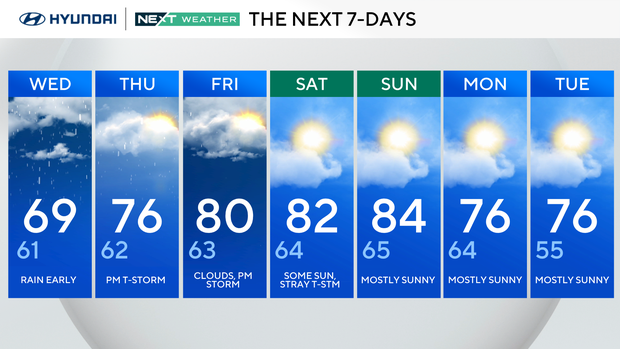Understanding Coastal Flood Watch: What It Means and How to Stay Safe
Coastal communities often face unique weather challenges. One such event is a coastal flood watch. Understanding what this warning entails is vital for residents and travelers in affected areas. In this article, we explore the meaning of a coastal flood watch, how it differs from other alerts, and how you can stay prepared.

What Is a Coastal Flood Watch?
A coastal flood watch is an official alert from meteorological agencies. It indicates that conditions are favorable for coastal flooding in the near future. Flooding may happen due to heavy rain, storms, or tides that push seawater into normally dry areas along the shore.
Unlike a warning, a watch does not guarantee flooding will occur. However, it means you should monitor updates and prepare. Coastal flood watches are crucial because flooding in these zones often happens quickly and can be severe. They help residents plan, protect property, and relocate if needed.
How Coastal Flood Watch Differs From Other Flood Alerts
Weather agencies issue several flood alerts, including advisories and warnings. A flash flood warning addresses immediate, life-threatening floods, often due to intense rain. For example, the National Weather Service recently issued flash flood warnings for parts of New Jersey and Pennsylvania, which you can read about on CBS Philadelphia. In contrast, a coastal flood watch gives advance notice, focusing on the risk to low-lying coastal areas from tides and storm surges.
It’s important to know which alert impacts your location. Flash flood warnings demand immediate action. Coastal flood watches offer crucial lead time to prepare for possible flooding.
Real-World Examples and Impact
Coastal floods can bring many hazards, such as property damage, road closures, and dangerous conditions. In May 2025, several New Jersey and Pennsylvania counties faced both flash flood warnings and a coastal flood advisory. Authorities warned that low-lying areas near rivers and tidal waterways could see up to half a foot of water. Anyone living in these regions should learn from recent events, like those covered by NBC10 Philadelphia, to understand the risks and patterns.
Heavy rain sometimes compounds coastal threats. In Union County, New Jersey, minor flooding developed after persistent rainfall. TAPinto Westfield reported Nixle alerts that helped locals stay informed. These real cases highlight the importance of timely, trusted information.
How to Prepare for a Coastal Flood Watch
Preparation can save lives and reduce property loss. Here are key steps you should take when a coastal flood watch is issued:
- Stay alert to local news, weather apps, and official social media updates.
- Secure outdoor furniture and valuables that floodwaters could sweep away.
- Check your evacuation route, and be ready to leave if advised by authorities.
- Move vehicles to higher ground.
- Avoid walking or driving through flooded areas, as even shallow water can be dangerous.
Having an emergency kit that includes water, medications, and important documents is wise. Acting early reduces stress and possible harm.
Conclusion: Be Prepared, Stay Informed
A coastal flood watch is a serious signal. While it doesn’t guarantee immediate flooding, it warns of a significant risk. By understanding the alert and taking action, you can keep yourself and your family safe. Stay connected to trusted sources, monitor weather updates, and never underestimate the power of water. The next time a coastal flood watch is issued in your area, use the tips above to stay ahead and secure.